Range Rover Sport First Edition P530: Jeremy Clarkson’s review
Despite the threat of getting up in the morning to find it isn’t there, or won’t start, almost all my friends have a Range Rover. The reason is simple.
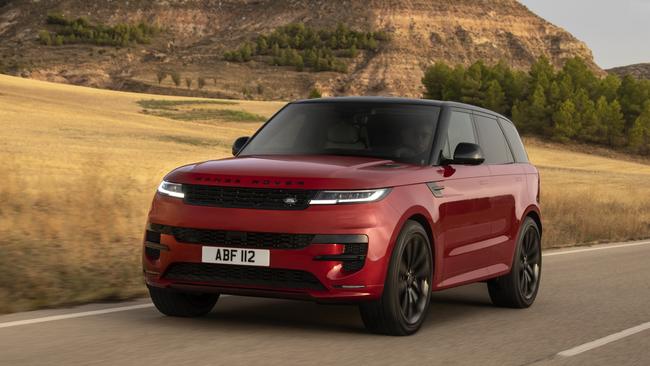
People know when they buy a Range Rover that they are not getting the last word in reliability. I’ve never had an issue with mine but I know from dinner party conversations and frothing-at-the-mouth internet forums that they’re about as bulletproof as a Russian armoured personnel carrier that’s being used to keep time on Namibia’s railways. And that the dealers very rarely have the part you need in stock.
Then there’s the bothersome business of thievery. I played tennis the other day with three guys, two of whom had had their Range Rovers nicked the night before. The word on the street is that the electronic code that’s transmitted when you press the button on your key fob is simply not complicated enough.
And yet, despite the threat of getting up in the morning to find your car isn’t there, or won’t start, almost all my friends have one. And I’m not talking here about Evoques or Velars or Discoveries. I’m talking about the real deal. The big boy with the split folding tailgate. My local pub is surrounded every Friday and Saturday night by a wall of them because round these parts that’s not a car. It’s a uniform. And I went on a shoot last week where 27 were being used to move fat men in tweed shorts from peg to peg.
The reason is simple. There is no alternative. Sure, there are plenty of big 4x4s out there, but none of them even gets close to matching the towering abilities of the king. It’s like an iPhone. I know you can buy other devices but you don’t, do you, because the fact is they’re not as good.
I have two Range Rovers. One is a fairly battered old L322 model from the days when BMW ran the shop. I use it almost exclusively on the farm, so it’s currently full of logs and it smells of dog. I think it has Ford Transit van in its DNA, that thing. It’s a proper workhorse. A mud magnet.
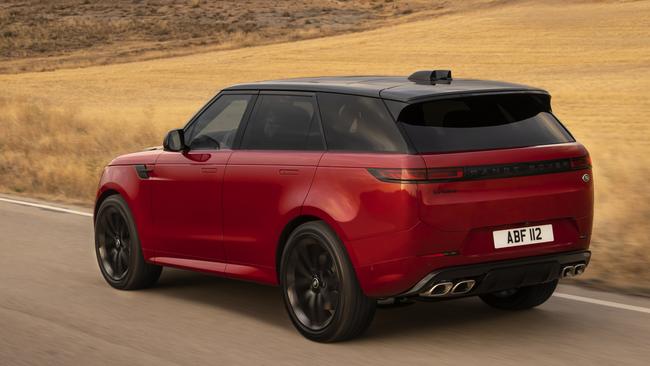
The other is a slightly more fancy-pants fourth-generation model that Lisa uses to go from Daylesford to Soho Farmhouse, and just recently I was toying with the idea of replacing it. Lisa wanted a Vauxhall Astra because it’s her new favourite car. I wanted another Range Rover because I adore them. Until I saw that prices for a well-specced one with a proper engine start at about $230,000. I was amazed. So amazed that I thought I’d better have a look instead at the new Range Rover Sport.
The old Range Rover Sport was no such thing. The Brummies did a pretty good job of disguising the fact, but I knew that underneath it was actually a Discovery. The new one isn’t. It’s built on the Range Rover platform and the model I tested has a Range Rover engine. By which I mean a BMW 4.4-litre V8.
The problem this car has, though, is that it’s not a proper Range Rover. It doesn’t have a split folding tailgate and the boot isn’t wide enough for my 12-bore. And you know that some of the off-road ability absolutely must have been compromised to make it feel more “sporty”.
To find out how much, I took it on a shoot and learnt almost nothing. Sure, it had all the buttons that can be pressed to tailor the car for the prevailing conditions, but there wasn’t a setting that enabled it to deal with the combination of big, fat, low-profile tyres and wet grass. So I spent the day slithering about like everyone else. Only they laughed at me more as the car I’d borrowed was dog-lipstick scarlet.
This, then, is a car designed primarily for the roads of Wilmslow, which means that, unlike its imperious big brother, it must be compared with a million rivals from Bentley, Audi, Porsche, Volvo, BMW, Mercedes, Rolls-Royce (if you’re blind), Maserati and Aston Martin. Even Ferrari has a Cheshire car like this up its sleeve.
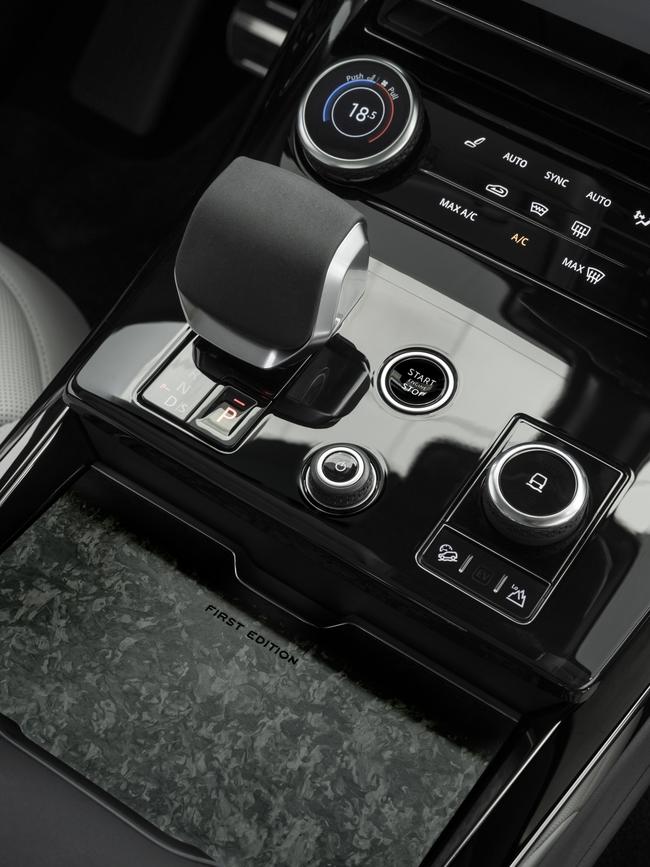
Do you want any of them? Really? Because with the possible exception of the Volvo, which is more of a school-run car, they do all seem to be a bit unnecessary. Unnecessarily heavy, unnecessarily tall and unnecessarily thirsty. Sure, the V8 in the new Sport will average about 12 litres/100km, which is remarkable, really, but imagine how much more you’d get if the car weren’t so... big.
It is fast, though. You get 390kW, which means you can get from 0 to 100km/h in less than five seconds, and then keep on going all the way to 250km/h. But if you do that you won’t get 12 litres/100km. Instead you’ll get a call from some seismologists in California asking what on earth you’re up to. And if you wouldn’t mind stopping.
Handling? Amazing, really. You can happily stick it into a bend knowing that a billion algorithms will happen to make sure you don’t come out on the other side on your roof. My only real gripe with the way it drove was the hill-hold facility, which would disengage only after a fairly brutal stab on the throttle. This meant that getting out of a tight parking space could be a bit fraught. And filled with the sound of fracturing plastic.
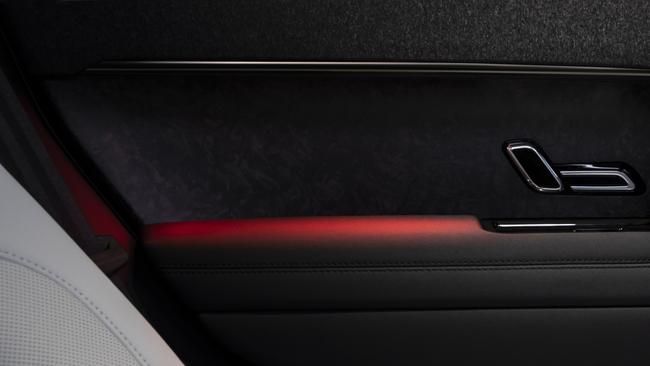
This aside, you’d have to put the Sport right up there among the very best of the Cheshire specials. If conspicuous and unnecessary consumption is your thing, this is comfortable, quick, sure-footed and not quite as thirsty as you might imagine. Things start to fall down a little bit, however, when you get out of the driver’s seat and look at it. Land Rover’s styling has been top notch in recent years, but with the Sport, I dunno, it’s too slab-sided somehow. It’s as if there are acres of metal in the doors and the front looks like the Post Office Tower.
I have a similar issue with the interior. It’s great to see they’ve used some kind of cloth on the door linings, but why not fit it on the seats as well? Or go for wool, because unlike the leather you do get, it holds you more securely in the corners, is less susceptible to temperature variations and is kinder to the nation’s sheep farmers. Also, the central command and control set-up is still far too counterintuitive.
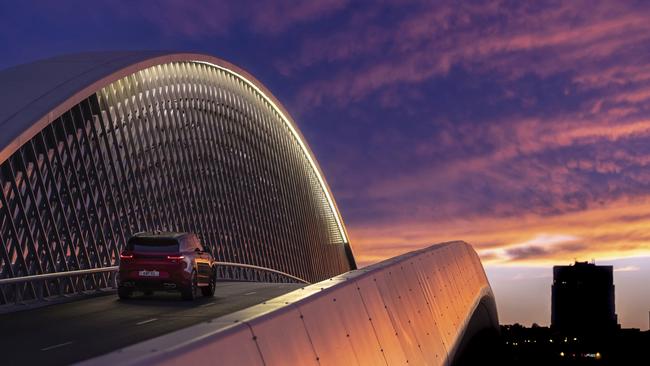
Ultimately, though, the biggest problem is to be found at the back, where there is a single tailgate, like you’d find on a Vauxhall Zafira or a van. It means that when you’re out and about there’s nowhere to sit. And as you stand there with your back throbbing and your knees begging for mercy, you’ll realise that you’ve bought second best. It may be a good car, and I’m sure it’ll go down well in the footballing suburbs of Britain. But you have to know that if you buy one, or any of its rivals, you didn’t buy the real thing. Certainly I think I’m going to have to do that, unless I can find one to steal.
Fast facts


To join the conversation, please log in. Don't have an account? Register
Join the conversation, you are commenting as Logout